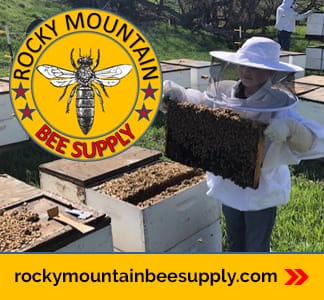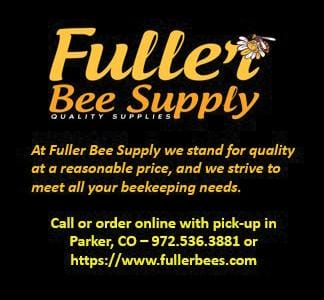Decrease Your Chemical Usage
Insecticides are a pesticide that kills insects. There are many types of insects. Some are detrimental, such as the mosquito, which spreads deadly diseases. Some are beneficial, such as the honey bee, which is responsible for the pollination of many of the plants that we depend upon for our diet.
There are many different kinds of insecticides. Broad spectrum insecticides kill any insect that they come in contact with–beneficial or detrimental. Target insecticides are formulated to kill just certain species of insects. Colony collapse disorder, CCD, was defined in 2008. There are many causes which are being examined but one of the primary focus area for many researchers is a certain class of insecticide–neonicotinoids.
The bottom line remains the same, whether you believe neonicotinoids are part of the problem or not: Bees, and other beneficial pollinators, are dying in record numbers. Pesticides, particularly insecticides but also herbicides (think Roundup) and fungicides, are part of the problem. Reducing or eliminating their use in your lawn and garden will only benefit these insects and all of the higher layers of the food chain that depend on them–YOU!
A wealth of information may be found by reading/listening/watching the following links.
David Liittschwager’s “A World in One Cubic Foot”
NPR–Cornstalks Everywhere But Nothing Else–Not Even A Bee
National Pesticide Use Maps (by Pesticide)–Search for Clothianidin, Imidacloprid, Thiamethoxan etc.
3/2014 Some Twin City garden centers are banning a pesticide thought to harm bees
10/2013 Stress a Key Factor in Causing Bee Colonies to Fail
8/2013 EPA’s new Pesticide Labels
8/2013 Gardener’s Beware Report
8/2013 Bee Die-Offs: Bee Killing Pesticides in Bee Friendly Plants
6/2013 Present scale of use of neonicotinoid pesticides put pollinator services at risk
6/2013 Letter to President Barack Obama
4/2013 European Bees get a chance at Sweeter, Safer Life
4/2013 Cortez Journal–Bad year for bees
4/2013 Beekeepers Host EPA for Tour of CA Almond Sites
4/2013 CBS News on Honeybee Losses
4/2013 Science Friday–Bees Emerging After a Hard Winter
4/2013 Bee Culture
4/2013 Interview with Bee Researcher Gloria DiGrandi-Hoffman
4/2013 Common Pesticide May Harm Honeybees
3/2013 Huffington Post–Bee Deaths from Colony Collapse Disorder on Rise
3/2013 New York TImes–Mystery Malady Kills More Bees Heightening Worry on Farms
3/2013 Beekeepers Sue EPA–Article Summary
2/2013 Troubling Honey Bee Shortage in CA Almond Orchards
2/2013 Bee Deaths Threaten Crops
1/2013 Report in Pediatrics “Pesticide Exposure in Children”
Syngenta and Bayer Crop Science Propose Plan to Unlock EU Stalemate
Scientists study pesticides to see if they are killing bees
Beekeepers worry about threats to hives
Honeybee deaths linked to seed insecticide exposure
Imidacloprid Voluntarily Withdrawn for Almonds
Corn Insecticide linked to great bee die-off in Europe
http://www.colostate.edu/Dept/bspm/extension%20and%20outreach/Boulder%20Neonicotinoid%20Talk.pdf
Consumer Information:
FINALLY! This is the first data that I have seen that tells consumers what they CAN apply!
A list of insecticides by toxicity Printable/Sortable file here. View Downloads.
A list of herbicides by toxicity Printable/Sortable file here. View Downloads.
Gardeners Beware Report, 2014
Protecting Bees from Neonicotinoid Insecticides in your Garden (Xerces)
Click Here for Retail Neonicotinoid Products to Avoid. Thanks to Sangre de Cristo Beekeepers.
Another retail product list from the Xerces Society
Protecting Honeybees from Pesticides: Purdue Publication with Highly Toxic and Moderately Toxic Lists
Cornell University’s Resource Guide for Organic Insect and Disease Management












